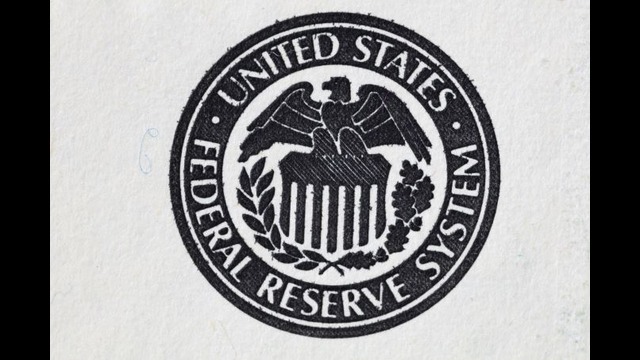In Asian trading today, the U.S. Dollar gained versus the Japanese Yen with long-term investors buying the U.S. currency based on speculation that interest rates in the United States will rise within the next year while Japanese rates remain unchanged.
The following Forex news reports are the latest developments of the Forex market. The news reports are updated frequently and include all the events that affect the foreign exchange trading industry.
Most Recent
The Japanese Yen saw slight gains against the common currency Euro and the U.S. Dollar in Asian trading today.
The U.S. currency was kept on the backfoot in Asian trading today following the U.S. Federal Reserve’s pledge to hold interest rates at their near historic lows.
Top Forex Brokers
The U.S. Dollar and Japanese Yen both steadied in Asian trading as the focus on the new Chinese Yuan policy appears to be ebbing.
The common currency Euro rose briefly versus the U.S. Dollar following the Chinese central bank’s signal that it would tolerate the Yuan’s appreciation.
The common currency Euro gained versus the U.S. Dollar and Japanese Yen following China’s announcement this past weekend that they intend to soften their stance on their exchange rate policy.
Solid demand at Spain’s bond auction yesterday helped to boost the common currency Euro up to a 3-week peak versus the U.S. Dollar;
Renewed worries over Euro-zone debt has pushed the common currency Euro lower versus both the U.S. Dollar and the Japanese Yen in Asian trading today.
The common currency Euro held its own today, close to a 2-week peak versus the U.S. Dollar in subdued Asian trading.
Bonuses & Promotions
Profit taking by investors and the downgrading of Greece’s sovereign debt to junk grade status is slowing the momentum of the recent Euro rally.
The common currency Euro struck a 1-week peak versus the Japanese Yen on rising share prices in the Asian stock market.
On Sunday, the Chinese cabinet ordered local governments to improve the management of their investment agencies as a result of concerns that their loans -- estimated at hundreds of billions of US Dollars -- could become a problem for Chinese banks.
The EUR rose on Friday on the back of higher stocks, but the single currency struggled to extend its short-covering rally Vs. the USD ahead of technical resistance, while options barriers also capped gains.
In Asian trading today, the Aussie rose following the release of positive jobs data from Australia and a report on surging Chinese exports,
The U.S. Dollar slipped versus the Japanese Yen on unrealized investor expectations that Naoto Kan, the new Japanese P.M., would further address the issue of a weaker Japanese currency.



